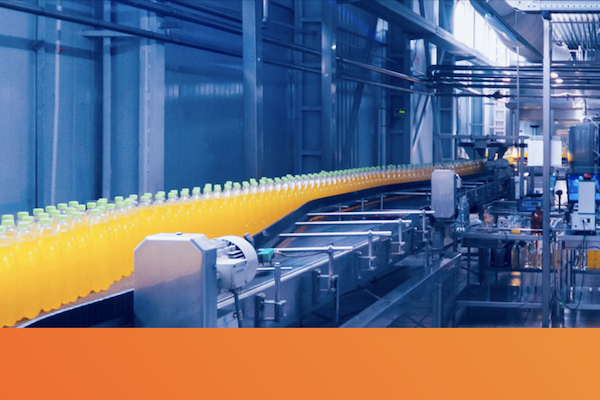
In the United States, food waste is estimated at between 30-40 percent of the food supply. Anytime a material balance calculation is done across a manufacturing plant, for example in food production, it may be a mystery why the “gazintas” do not match the “goesoutas”, until you walk around and see the bins of waste because of misshaped product, poor texture or irregular size problems. Yield or quality improvements in manufacturing are the central preoccupation of the production department. A lot of yield problems come from overfills and product change overs, for which more exacting measurement and control can help considerably. Other problems come from the variability of ingredients used as the input to the process and temperature control across production.
Food Loss Problems Abound
According to the USDA, between the farm gate and retail stages, food loss can arise from problems during drying, milling, transporting, or processing. Management guru Peter Drucker was often quoted as saying that “you can't manage what you can't measure.” Furthermore, we at ThinkIQ would say you can’t locate where problems are coming from if you don’t account for and link information that shows the interconnections across the business. Detecting upstream indicators using material sensing in a process can provide advanced insights regarding when and where there will be problems further down the line.
Process optimizers or advanced control have been employed within the four walls of a plant to reduce waste and provide savings in energy usage, catalyst, fill or product size for years. But what about taking a look at the broader value chain, from farm to table and all of the losses across the entire chain. Few companies have instituted optimization applications across the entire value chain to see where micro-wastes are generated that rob the company of profit and may affect customer perception of your brand.
Another common issue is the control of product loss at transfer points through the supply chain. By providing an ability to account for mass, volume and weight changes across transfer points, losses can be accounted for. By monitoring process parameters in association with this, a data repository can be created to provide a model of good vs abnormal operations. Analytic applications can run to find associations, such as air pressure in automated material handling systems vs loss rates due to underfill in bagging operations. This could lead to the need to improve maintenance practices or put more automation in place to measure and alarm on specific parameters.
Optimizing Yield
Sometimes, figuring out what is causing a yield and/or quality problem can be difficult, but often, it is very process specific and can be tied in with ingredients. Another partially ambiguous loss area—or one that may be harder to pinpoint—is the actual effect of varying raw material specifications on finished products. For example, in baking, slight fluctuations in protein in the flour affect yield. This can be hard to determine if the specifications aren’t tied to the origination lot digitally.
What methods or systems should manufacturers employ to find and fix yield issues? Try collecting key information like set points, temperatures, weights, flows, counts, etc. across the supply chain and linking it by time, event and mixture information.
A mass-balance reporting system that encompasses the entire value chain, from bulk material transportation to finished product warehousing is another method that can track and quantify product yield. Typical reports measures yield in terms of units relevant to the corresponding supply chain area, mass-balance reports compute yield in units of mass. This gives a much more accurate picture of the process yield, especially if a precise, real-time measurement of the product density is available.
Material Traceability And How ThinkIQ Can Help
ThinkIQ, a pioneer of Digital Manufacturing Transformation SaaS and delivers unprecedented material traceability and insight into ways to improve yield, quality, safety, compliance, and brand confidence. Our fact-based granular and data-centric contextualized view of material flows, and related provenance attribute data integrates into existing IoT and OT infrastructures and crosses supply chains to manufacturing processes and beyond. Our customers have saved $10’s of millions by identifying waste and underperforming assets, as well as reducing warranty reserves for quality and safety issues.
Now is the time to start your drive towards achieving Industry 4.0 or Smart Manufacturing status. Providing material traceability and analytics at all levels of the supply chain is at the start of this journey so you can lean more by downloading or eBook titled “Revolutionizing Digital Transformation in Manufacturing through Advanced Materials Traceability”, or better yet, request a demo today.

